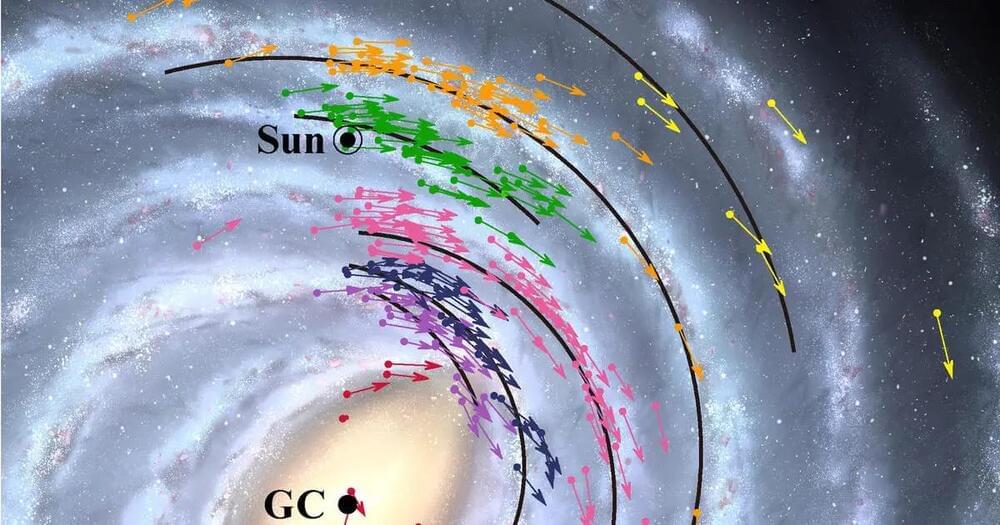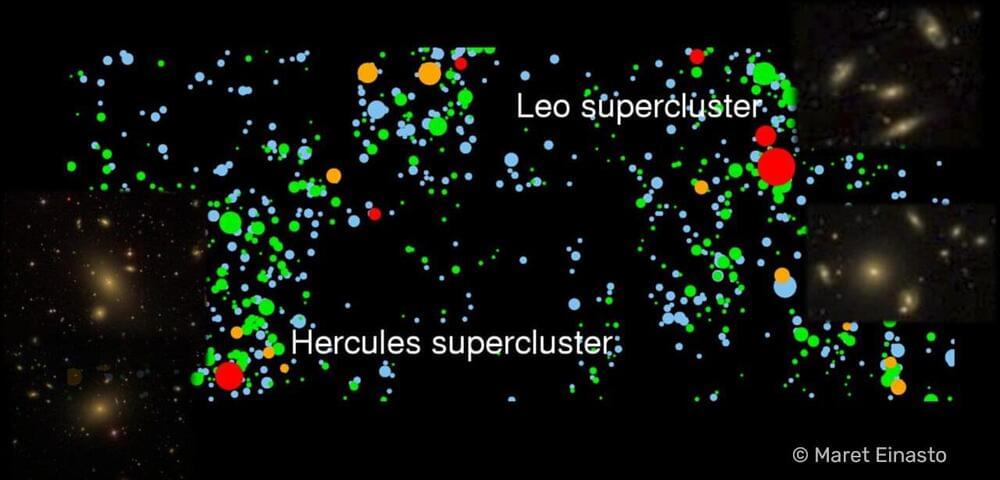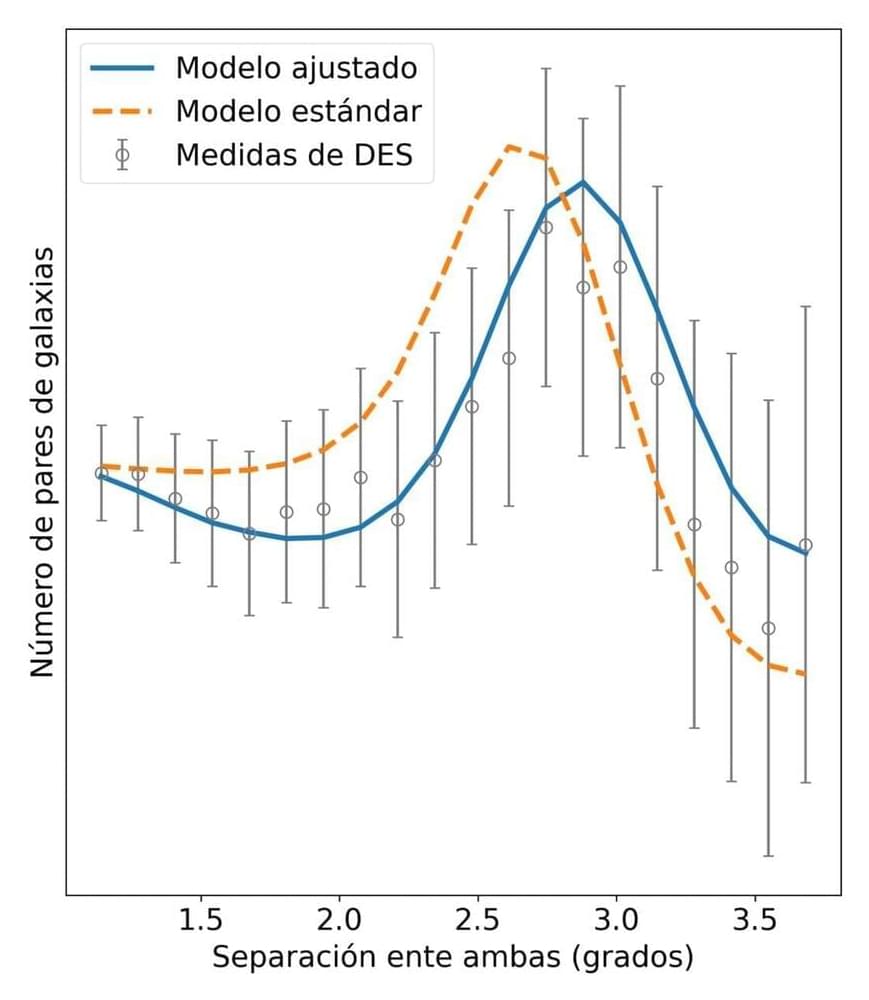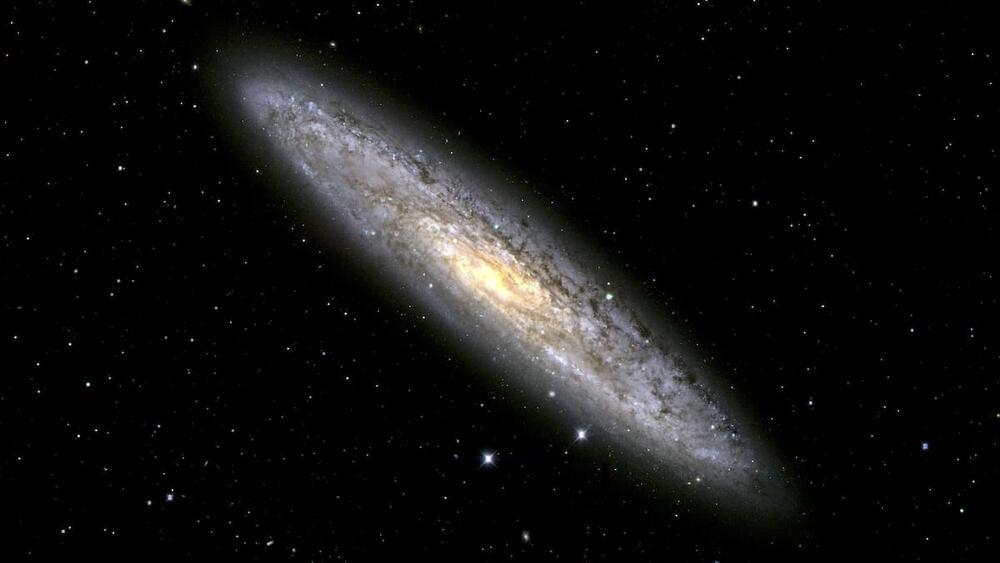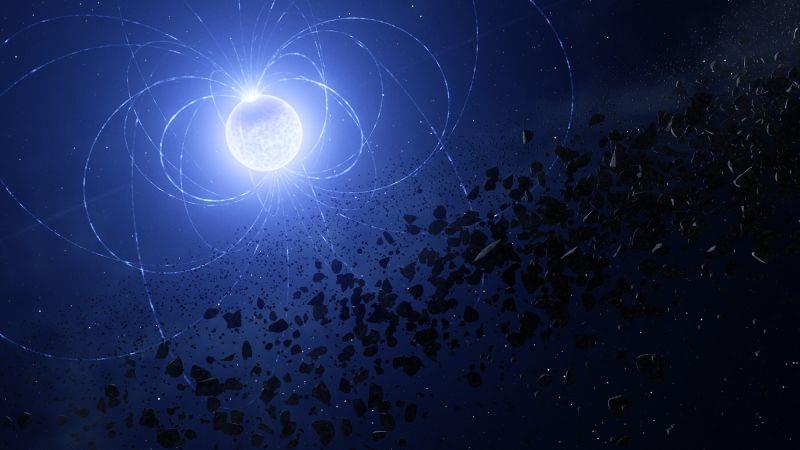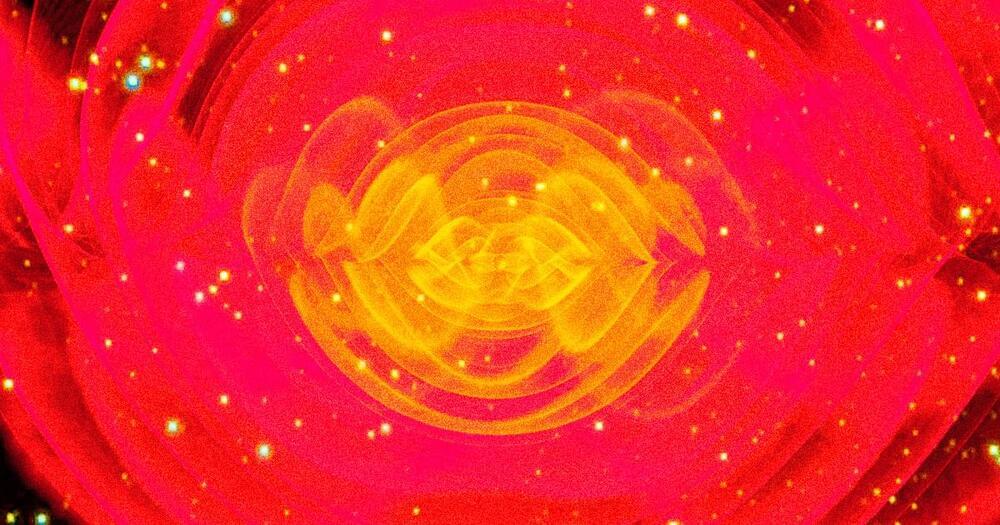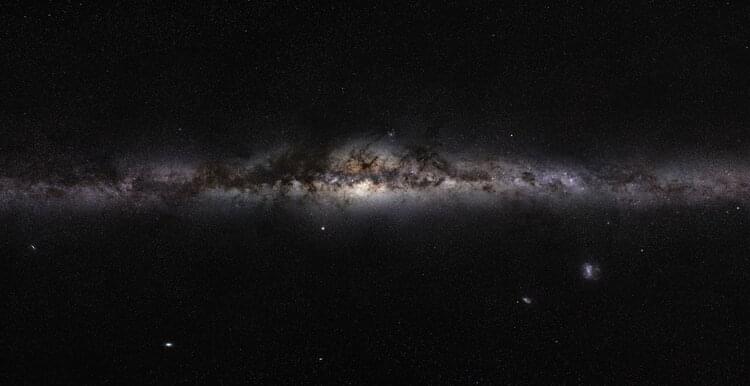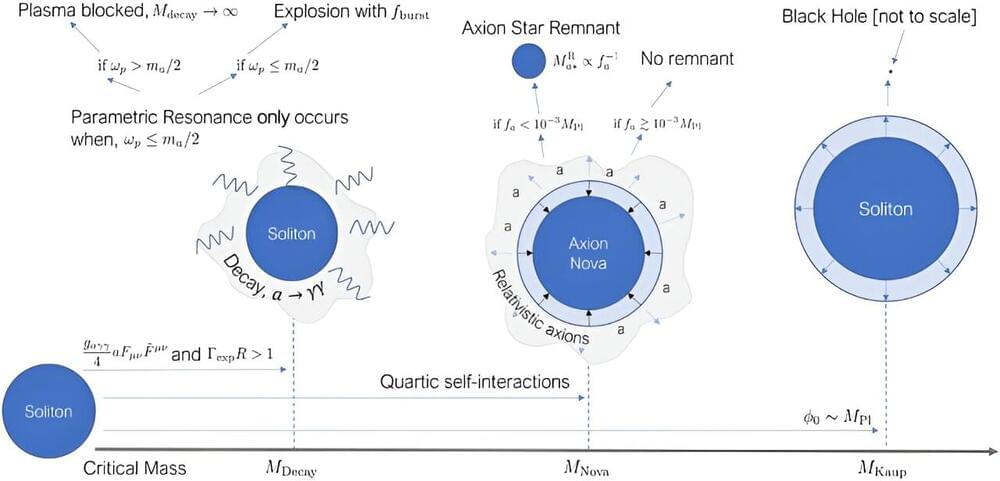As Space.com reports, the uber-powerful James Webb Space Telescope and its predecessor, the Hubble, have observed a super-long gamma-ray burst (GRB) that occurred when two dense neutron stars collided millions of years ago — and the result, as the telescopes’ instruments detected, was quite literally pure gold.
Neutron stars are the rare result of supernovas, or the explosions associated with dying stars, that don’t turn into black holes. Earlier this week, in fact, the JWST was used to detect the neutron star at the heart of a well-known supernova that scientists believed existed but couldn’t see until now.
Because these bodies are, essentially, small and dense balls of mass, it’s not surprising that something huge happens when they collide. With the power of these two magnificent telescopes, scientists from the University of Rome were able to spot the bright shine, known as a kilonova, of the heavy elements like silver and gold created in the dead stars’ turbulent merger.
